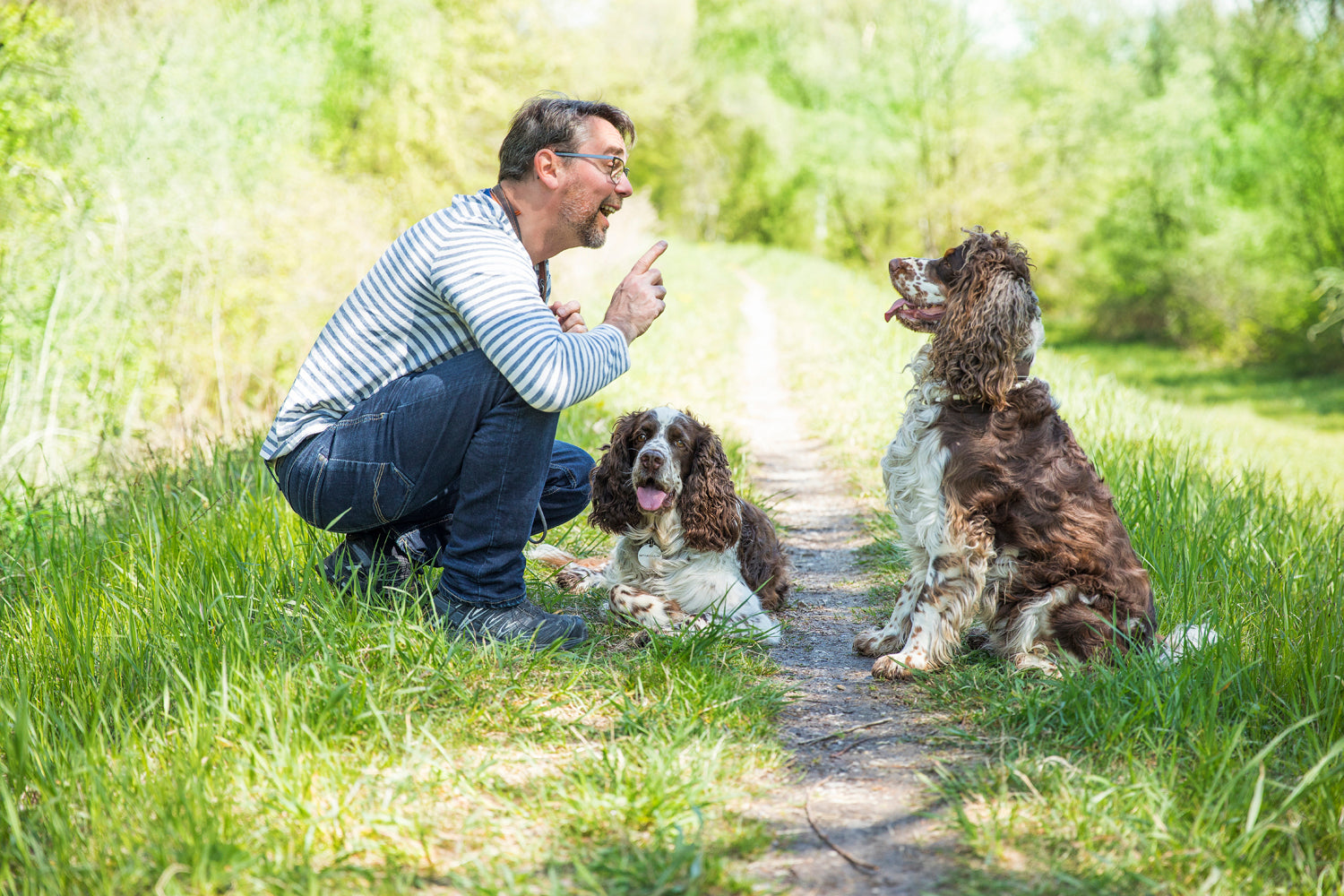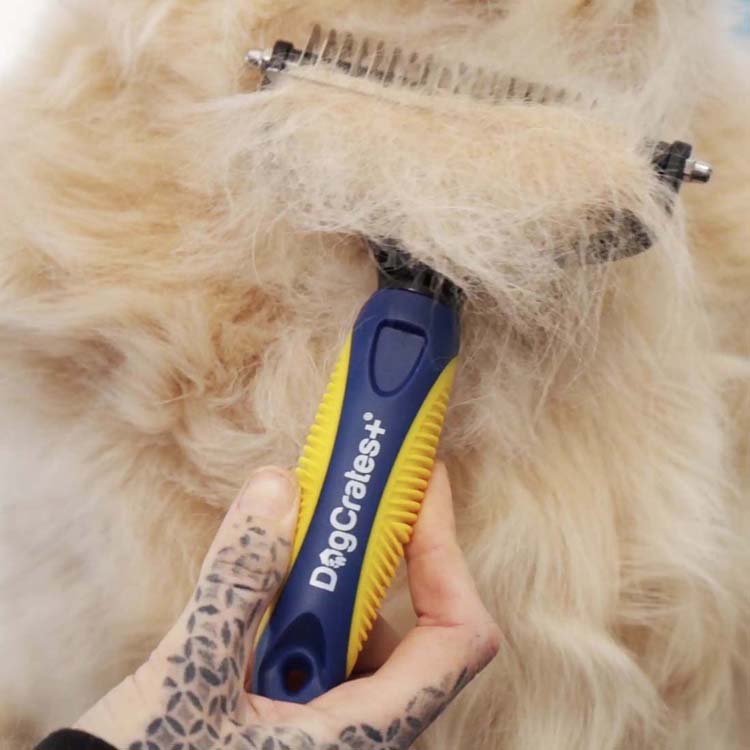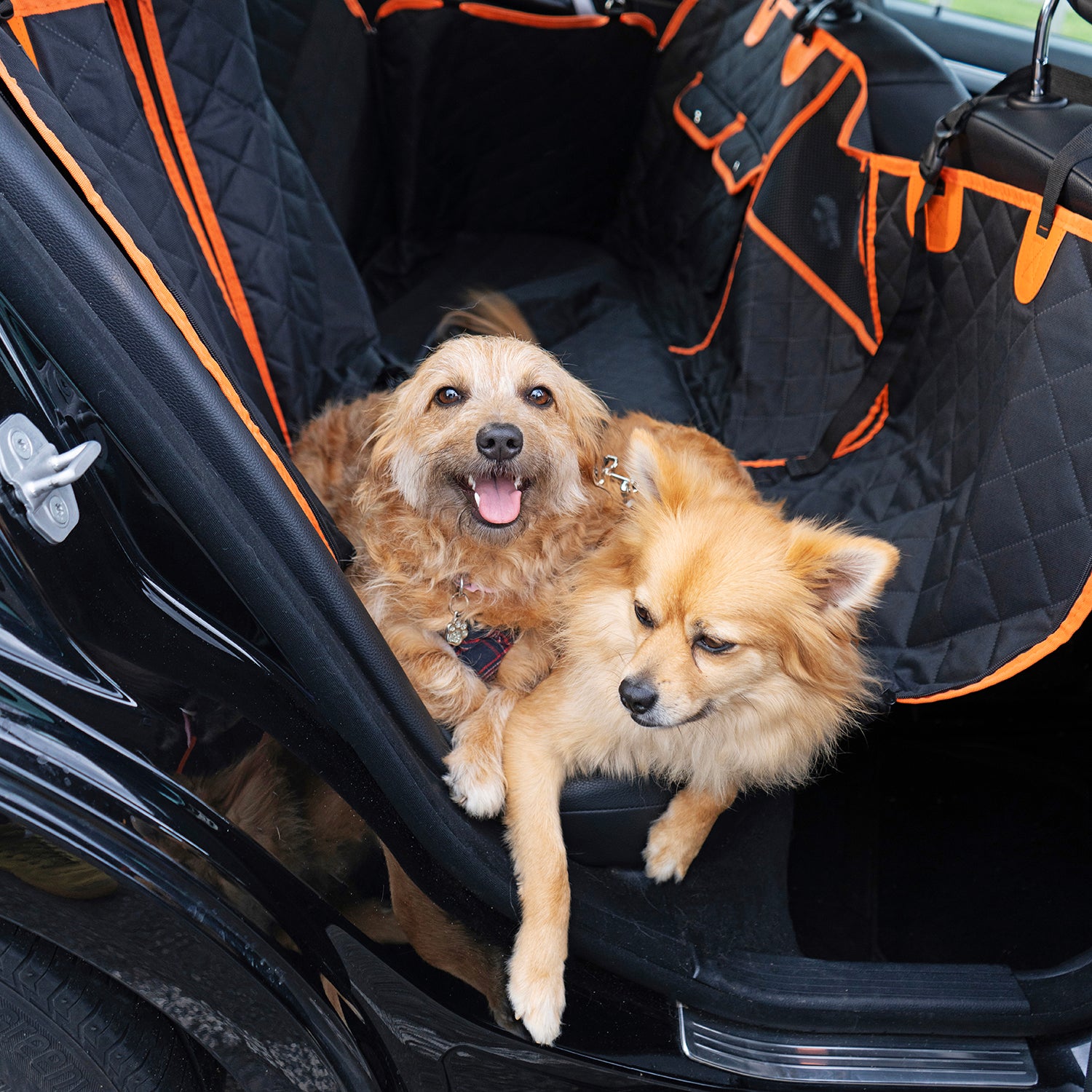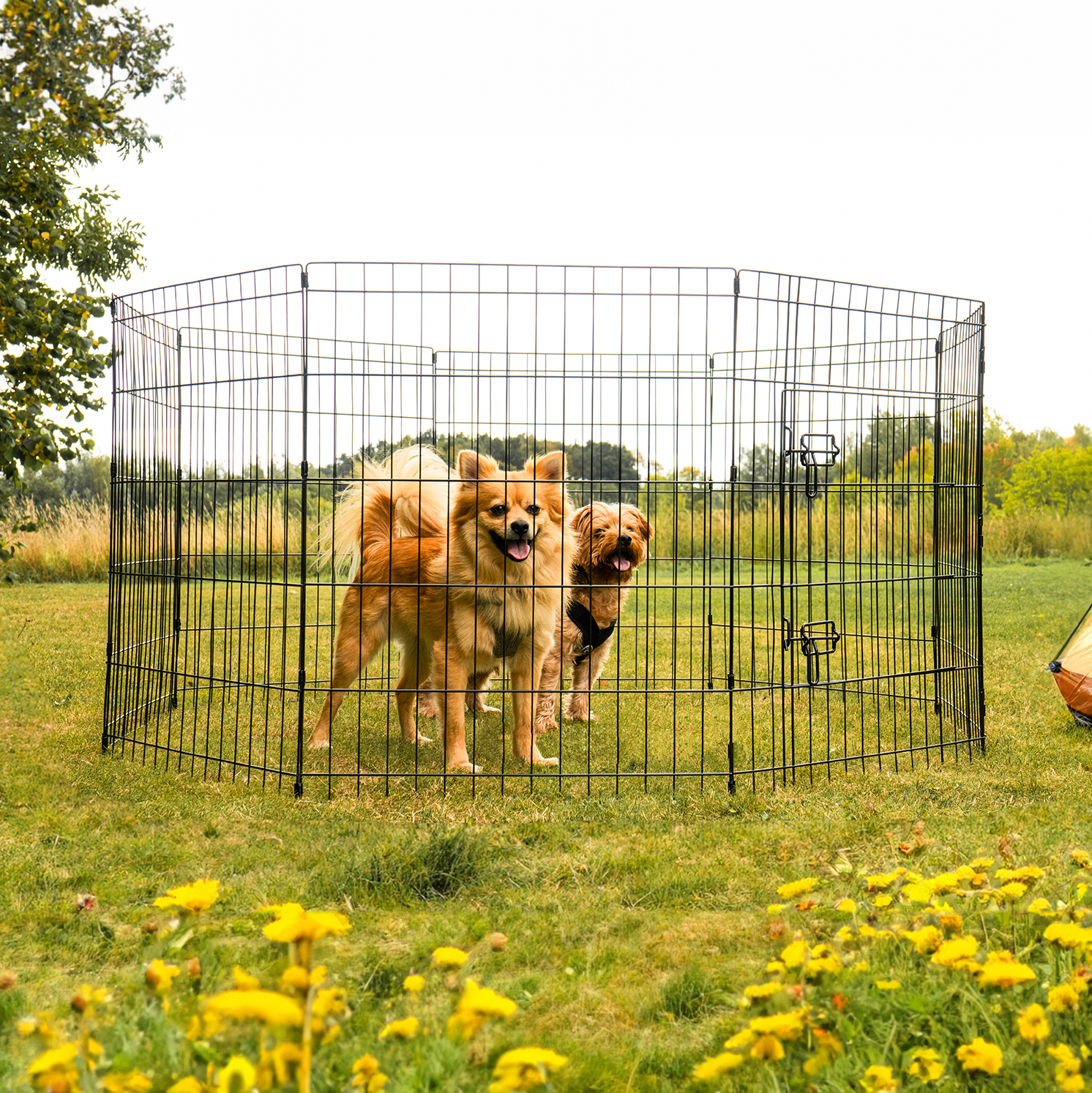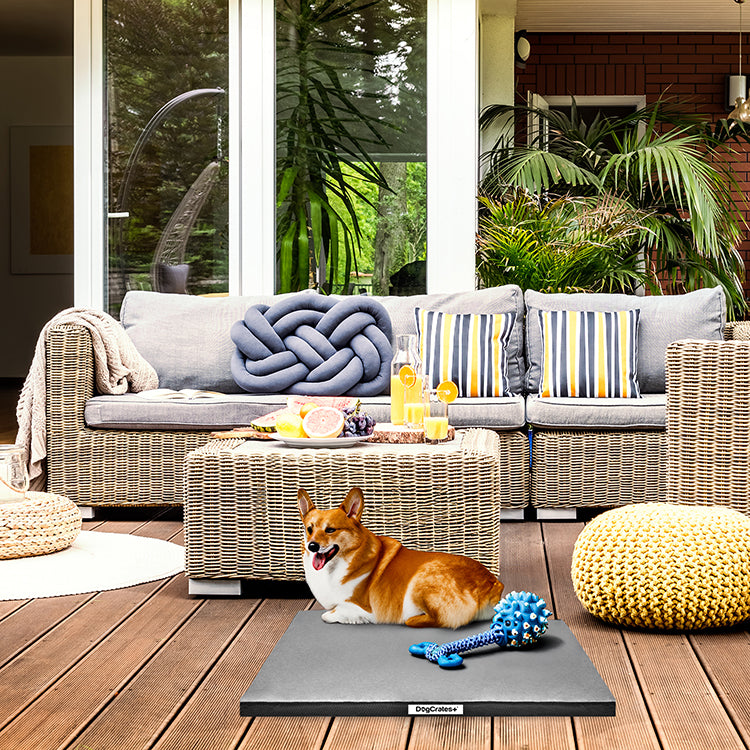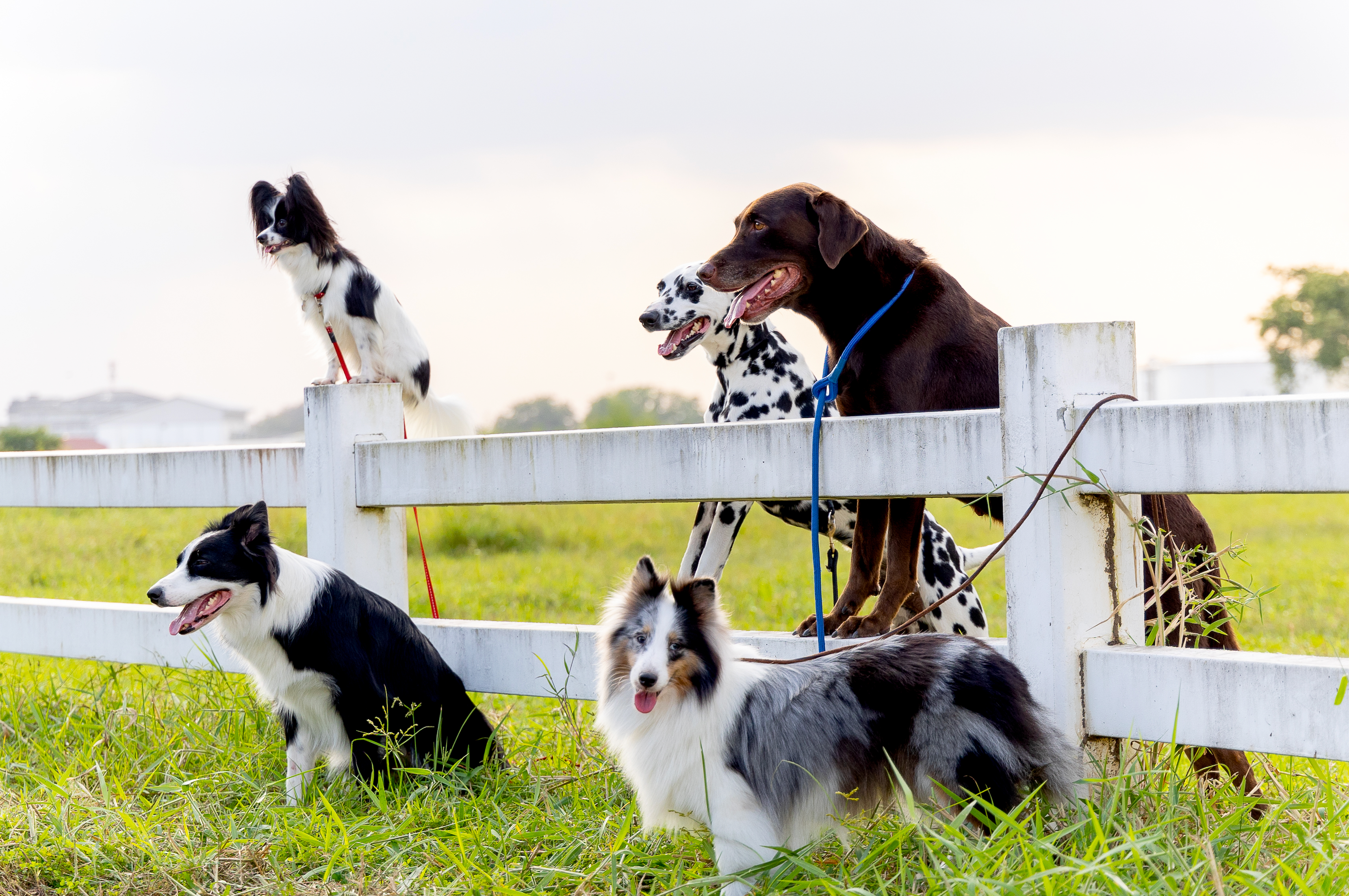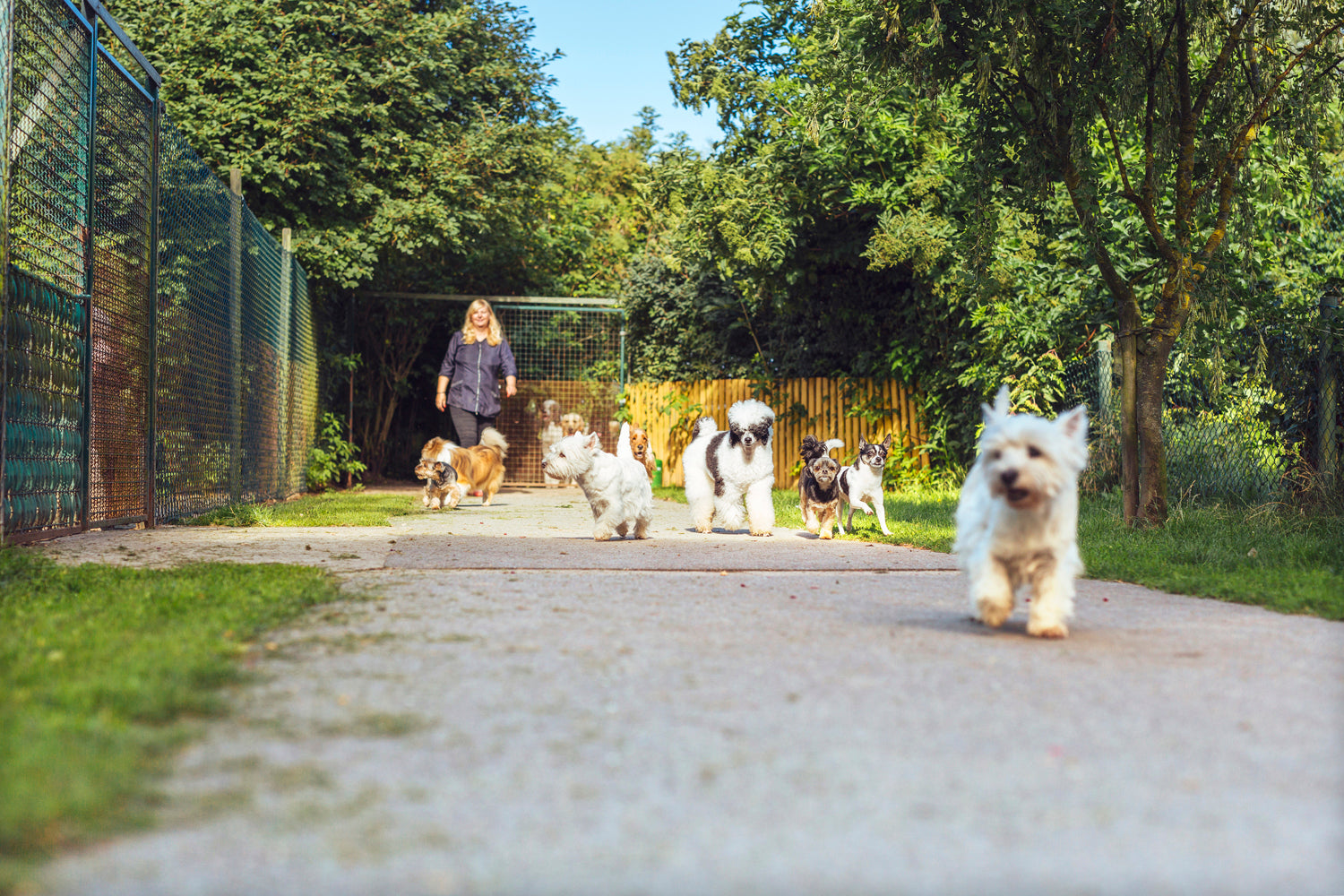As a dog lovers, we know that training your furry friend can be a daunting task. However, it doesn't have to be that way. With the right approach, dog training can be a fun and rewarding experience for both you and your pet. In this article, I will share with you some tips and tricks to turn your dog training sessions into tail-wagging fun.
Introduction to Dog Training
Dog training is the process of teaching your dog specific skills and behaviors. These skills and behaviors can range from basic obedience commands like "sit" and "stay" to more advanced tricks like "roll over" and "fetch." The goal of dog training is to create a well-behaved and obedient companion who can live harmoniously with you and your family.
Understanding Your Dog's Behavior
Before you start training your dog, it's important to understand their behavior. Dogs are social animals that thrive on positive interactions with their owners. They also have natural instincts that influence their behavior, such as the desire to hunt, protect, and explore. Understanding your dog's behavior is crucial to creating a successful training plan.
Benefits of Dog Training
There are many benefits to dog training. A well-trained dog is easier to handle and control, making them safer around people and other animals. Training also provides mental stimulation for your dog, which can improve their overall well-being. Additionally, training can strengthen the bond between you and your furry friend.

Types of Dog Training
There are several types of dog training, including:
- Obedience training: This type of training focuses on teaching your dog basic commands like "sit," "stay," and "come."
- Behavior modification: This type of training is used to correct unwanted behaviors like barking, biting, and jumping.
- Agility training: This type of training involves teaching your dog to navigate through an obstacle course.
- Therapy dog training: This type of training prepares dogs to work in hospitals, nursing homes, and other care facilities.
How to Train a Puppy - Tips and Tricks
Puppy training is an essential part of raising a well-behaved and obedient dog. Here are some tips and tricks to help you train your puppy:
- Start training early: Puppies have a short attention span, so it's important to start training as soon as possible.
- Use positive reinforcement: Reward your puppy with treats and praise when they exhibit good behavior.
- Keep training sessions short: Puppies get tired easily, so keep training sessions short and frequent.
- Be patient: Puppies are like babies, and they need time to learn and develop.
How to Train a Dog - Step by Step Guide
Training an adult dog is different from training a puppy. Here is a step-by-step guide to help you train your dog:
- Start with basic commands: Begin by teaching your dog basic commands like "sit," "stay," and "come."
- Use positive reinforcement: Reward your dog with praise and treats when they exhibit good behavior.
- Be consistent: Use the same commands and techniques every time you train your dog.
- Gradually increase the difficulty: Once your dog has mastered the basic commands, gradually increase the difficulty of the training.
- Practice regularly: Consistent practice is essential to maintaining your dog's training.
Puppy Training Schedule
Creating a puppy training schedule is an essential part of training your furry friend. Here is a sample puppy training schedule:
- 8-12 weeks: Focus on socialization and basic obedience commands.
- 3-6 months: Introduce more advanced commands and continue socialization.
- 6-12 months: Focus on obedience and behavior modification.
- 12 months and older: Continue obedience training and introduce advanced tricks.
Common Dog Training Mistakes to Avoid
Dog training can be challenging, and there are several common mistakes that new dog owners make. Here are a few mistakes to avoid:
- Punishing your dog: Punishing your dog for bad behavior can create fear and aggression.
- Inconsistency: Using different commands or techniques can confuse your dog.
- Skipping socialization: Socialization is essential for a well-adjusted dog, so don't skip this important step.
- Lack of patience: Dogs need time to learn, so be patient and consistent with your training.

Positive Reinforcement Techniques in Dog Training
Positive reinforcement is a powerful tool in dog training. This technique involves rewarding your dog with treats, praise, and affection when they exhibit good behavior. Positive reinforcement creates a positive association with training and encourages your dog to repeat good behaviors.
Fetch Success - Making Dog Training Fun
Dog training doesn't have to be a chore. With the right approach, training can be a fun and rewarding experience for both you and your furry friend. Here are some tips to make dog training fun:
- Use treats and toys: Incorporate treats and toys into your training sessions to make them more enjoyable for your dog.
- Play games: Play games like hide-and-seek or fetch to make training more fun.
- Use positive reinforcement: Reward your dog with praise and affection when they exhibit good behavior.
- Keep it short and frequent: Short, frequent training sessions are more effective and enjoyable for your dog.
Games and Activities to Enhance Dog Training
Incorporating games and activities into your dog's training can enhance their learning experience. Here are some games and activities to try:
- Hide-and-seek: Hide treats or toys around the house and encourage your dog to find them.
- Fetch: Play a game of fetch to improve your dog's recall and obedience.
- Agility course: Set up an obstacle course in your backyard to improve your dog's agility and coordination.
- Puzzle toys: Give your dog puzzle toys to improve their problem-solving skills.
Recommended Dog Training Resources
There are many dog training resources available to help you train your furry friend. Here are a few recommended resources:
- Online courses: Online courses like Udemy and Coursera offer dog training courses for all skill levels.
- Books: There are many books on dog training available, such as "The Art of Raising a Puppy" by The Monks of New Skete.
- Local trainers: Local trainers can provide one-on-one training and support for you and your dog.
Dog training can be a challenging but rewarding experience. By understanding your dog's behavior, using positive reinforcement techniques, and incorporating games and activities into your training, you can turn your dog training sessions into tail-wagging fun. Remember to be patient, consistent, and most importantly, have fun with your furry friend!
Discover the Pawfect Products for Your Furry Friend - Browse our selection and find the ideal match for your dog’s needs - https://www.dogcratesplus.co.uk/

